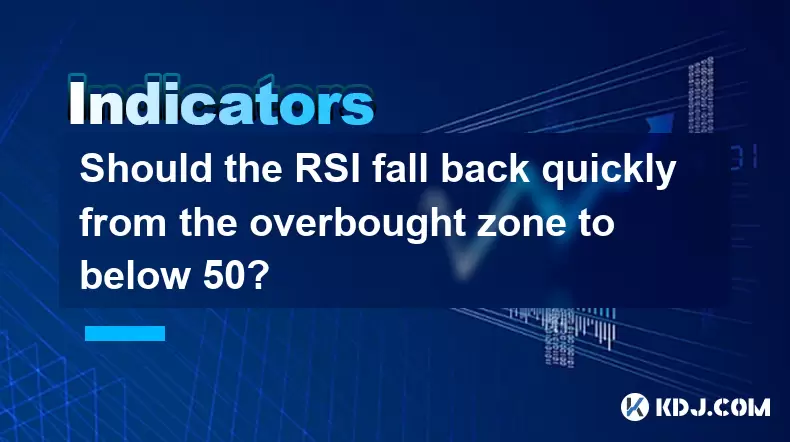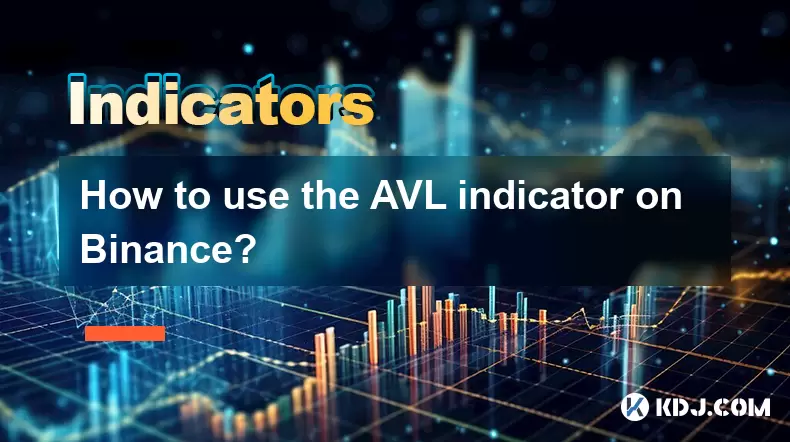-
 Bitcoin
Bitcoin $117700
-0.03% -
 Ethereum
Ethereum $3805
0.49% -
 XRP
XRP $3.098
-1.00% -
 Tether USDt
Tether USDt $1.000
0.03% -
 BNB
BNB $792.8
-1.72% -
 Solana
Solana $177.9
-1.95% -
 USDC
USDC $1.000
0.02% -
 Dogecoin
Dogecoin $0.2202
-1.55% -
 TRON
TRON $0.3278
-2.92% -
 Cardano
Cardano $0.7641
-2.43% -
 Hyperliquid
Hyperliquid $42.21
-2.68% -
 Sui
Sui $3.758
-1.58% -
 Stellar
Stellar $0.4080
-3.21% -
 Chainlink
Chainlink $17.75
-0.33% -
 Bitcoin Cash
Bitcoin Cash $591.8
4.96% -
 Hedera
Hedera $0.2561
-3.09% -
 Avalanche
Avalanche $23.34
-4.24% -
 Litecoin
Litecoin $110.7
1.96% -
 UNUS SED LEO
UNUS SED LEO $8.956
-0.01% -
 Toncoin
Toncoin $3.410
0.79% -
 Ethena USDe
Ethena USDe $1.001
0.03% -
 Shiba Inu
Shiba Inu $0.00001288
-1.82% -
 Uniswap
Uniswap $10.07
-2.06% -
 Polkadot
Polkadot $3.807
-2.27% -
 Monero
Monero $308.2
-2.15% -
 Dai
Dai $1.000
0.03% -
 Bitget Token
Bitget Token $4.521
-0.30% -
 Pepe
Pepe $0.00001134
-1.52% -
 Cronos
Cronos $0.1457
0.65% -
 Aave
Aave $274.9
-2.47%
Should the RSI fall back quickly from the overbought zone to below 50?
A rapid RSI drop from overbought to below 50 in crypto may signal shifting momentum, but context like market cap, volume, and trend strength determines if it's a reversal or healthy pullback.
Jun 20, 2025 at 04:35 pm

Understanding the RSI Indicator and Its Role in Cryptocurrency Trading
The Relative Strength Index (RSI) is a momentum oscillator widely used in cryptocurrency trading to measure the speed and change of price movements. It ranges from 0 to 100, with levels above 70 typically indicating overbought conditions and below 30 signaling oversold conditions. In the volatile world of crypto, understanding how RSI behaves can be critical for traders trying to gauge potential reversals or continuations.
One common question among traders is whether the RSI should fall back quickly from the overbought zone to below 50. This scenario often raises concerns about market exhaustion or trend continuation. The behavior of RSI in such cases depends on multiple factors including market sentiment, volume, and broader macroeconomic influences affecting digital assets.
What Happens When RSI Drops Rapidly from Overbought to Below 50?
When the RSI moves swiftly from above 70 down to below 50, it suggests a rapid shift in momentum. A fast drop indicates that buying pressure has diminished significantly and selling pressure might be taking over. However, in strong uptrends within crypto markets, this drop may not necessarily signal a reversal but rather a consolidation phase before another upward move.
For instance, during a bull run in Bitcoin or Ethereum, RSI may remain elevated for extended periods. A quick return to the neutral zone (below 50) could mean that profit-taking is occurring across the market. Traders need to evaluate other indicators like volume spikes, moving averages, or support/resistance levels to confirm if this movement signals weakness or just a healthy pullback.
Why Does RSI Behavior Vary Across Different Cryptocurrencies?
Each cryptocurrency exhibits unique volatility and trading patterns influenced by its use case, adoption, and market capitalization. For example, large-cap coins like BTC and ETH tend to have more predictable RSI behavior due to higher liquidity and institutional involvement. On the contrary, altcoins with lower market caps can experience erratic RSI swings even without significant news.
In smaller-cap tokens, a sharp RSI decline from overbought to sub-50 levels might reflect panic selling or whale dumping, which are more pronounced in less liquid markets. Therefore, interpreting RSI must always consider the specific asset being traded and its current market environment.
How to Analyze RSI Movements in Conjunction with Price Action
Traders should not rely solely on RSI readings but instead combine them with price action analysis. If the RSI falls rapidly from overbought territory while prices hold above key support levels, it may indicate accumulation rather than distribution. Conversely, if the RSI drops sharply and prices break below important supports, it may signal the start of a downtrend.
Key steps include:
- Identifying major moving averages like the 50-day and 200-day SMA
- Monitoring volume bars to see if the drop coincides with increased selling
- Checking for divergence between RSI and price
- Watching for rejection candles or bearish patterns
These tools help provide a clearer picture of whether a swift RSI drop is a warning sign or a temporary correction.
Can RSI Alone Be Trusted in Fast-Moving Crypto Markets?
While RSI is a powerful tool, it's not foolproof—especially in the highly volatile crypto space. False signals are common, particularly during strong trends where RSI can remain in overbought or oversold territory for long durations. Hence, using RSI alone can lead to premature exits or entries.
To mitigate risks:
- Combine RSI with MACD or Bollinger Bands
- Use timeframe analysis—for example, checking daily charts alongside hourly ones
- Apply trendlines and Fibonacci retracements to validate RSI signals
This multi-indicator approach increases the probability of accurate trade setups, especially when dealing with cryptocurrencies known for sudden price swings.
Frequently Asked Questions
Q: What does it mean if RSI stays above 50 after dropping from overbought?
A: If RSI remains above 50 after retreating from overbought levels, it suggests that bullish momentum is still intact. This often happens in strong uptrends where buyers continue to dominate despite short-term pullbacks.
Q: Is a quick RSI drop from overbought always bearish?
A: Not necessarily. In some cases, especially during early stages of a rally, a rapid RSI drop can represent profit-taking by short-term traders while long-term holders remain confident. This can create buying opportunities if the price stabilizes near support.
Q: How do I adjust my trading strategy based on RSI behavior?
A: Consider scaling into positions rather than all at once. For example, you might wait for RSI to re-enter the neutral zone before entering a trade. Also, set stop-loss orders below recent swing lows to manage risk effectively.
Q: Are there certain crypto assets where RSI works better than others?
A: Yes. Larger, more liquid cryptocurrencies like Bitcoin and Ethereum tend to give more reliable RSI signals due to consistent volume and reduced manipulation risks. Smaller altcoins may produce misleading signals due to thin order books and high volatility.
Disclaimer:info@kdj.com
The information provided is not trading advice. kdj.com does not assume any responsibility for any investments made based on the information provided in this article. Cryptocurrencies are highly volatile and it is highly recommended that you invest with caution after thorough research!
If you believe that the content used on this website infringes your copyright, please contact us immediately (info@kdj.com) and we will delete it promptly.
- Cold Wallet vs. MetaMask: A Crypto Wallet Revolution?
- 2025-07-31 10:30:57
- Bitcoin Casinos in 2025: Instant Payouts and Welcome Bonuses
- 2025-07-31 10:50:33
- Meme Coins in 2025: Token Burns and the Quest for Moonshots
- 2025-07-31 10:50:33
- Unlocking Value: A Deep Dive into Random Year 1 oz Krugerrand Gold Coins
- 2025-07-31 10:57:21
- LYNO Token Presale: AI Arbitrage Revolution in DeFi
- 2025-07-31 05:11:11
- Pepecoin Successors: Can These Cryptocurrencies Make You a Millionaire?
- 2025-07-31 05:50:12
Related knowledge

How to use the AVL indicator to confirm a trend?
Jul 31,2025 at 10:25am
Understanding the AVL Indicator and Its ComponentsThe AVL indicator, also known as the Accumulation Volume Line, is a technical analysis tool that com...

How does volume affect the AVL indicator?
Jul 31,2025 at 11:23am
Understanding the AVL Indicator and Its Core ComponentsThe AVL indicator, short for Accumulation Volume Line, is a technical analysis tool used primar...

How to use the AVL indicator with MACD for better signals?
Jul 31,2025 at 09:22am
Understanding the AVL Indicator and Its Role in Cryptocurrency TradingThe AVL indicator, also known as the Accumulation Volume Line, is a volume-based...

How to identify sell signals with the AVL indicator?
Jul 31,2025 at 07:09am
Understanding the AVL Indicator and Its Core ComponentsThe AVL indicator, also known as the Accumulation Volume Line, is a volume-based technical anal...

How to use the AVL indicator on Binance?
Jul 31,2025 at 12:22pm
Understanding the AVL Indicator and Its Relevance on BinanceThe AVL indicator, also known as the Accumulation Volume Line, is a technical analysis too...

What are the best settings for the AVL indicator?
Jul 31,2025 at 10:04am
Understanding the AVL Indicator and Its PurposeThe AVL indicator, also known as the Accumulation Volume Line, is a technical analysis tool used in the...

How to use the AVL indicator to confirm a trend?
Jul 31,2025 at 10:25am
Understanding the AVL Indicator and Its ComponentsThe AVL indicator, also known as the Accumulation Volume Line, is a technical analysis tool that com...

How does volume affect the AVL indicator?
Jul 31,2025 at 11:23am
Understanding the AVL Indicator and Its Core ComponentsThe AVL indicator, short for Accumulation Volume Line, is a technical analysis tool used primar...

How to use the AVL indicator with MACD for better signals?
Jul 31,2025 at 09:22am
Understanding the AVL Indicator and Its Role in Cryptocurrency TradingThe AVL indicator, also known as the Accumulation Volume Line, is a volume-based...

How to identify sell signals with the AVL indicator?
Jul 31,2025 at 07:09am
Understanding the AVL Indicator and Its Core ComponentsThe AVL indicator, also known as the Accumulation Volume Line, is a volume-based technical anal...

How to use the AVL indicator on Binance?
Jul 31,2025 at 12:22pm
Understanding the AVL Indicator and Its Relevance on BinanceThe AVL indicator, also known as the Accumulation Volume Line, is a technical analysis too...

What are the best settings for the AVL indicator?
Jul 31,2025 at 10:04am
Understanding the AVL Indicator and Its PurposeThe AVL indicator, also known as the Accumulation Volume Line, is a technical analysis tool used in the...
See all articles

























































































